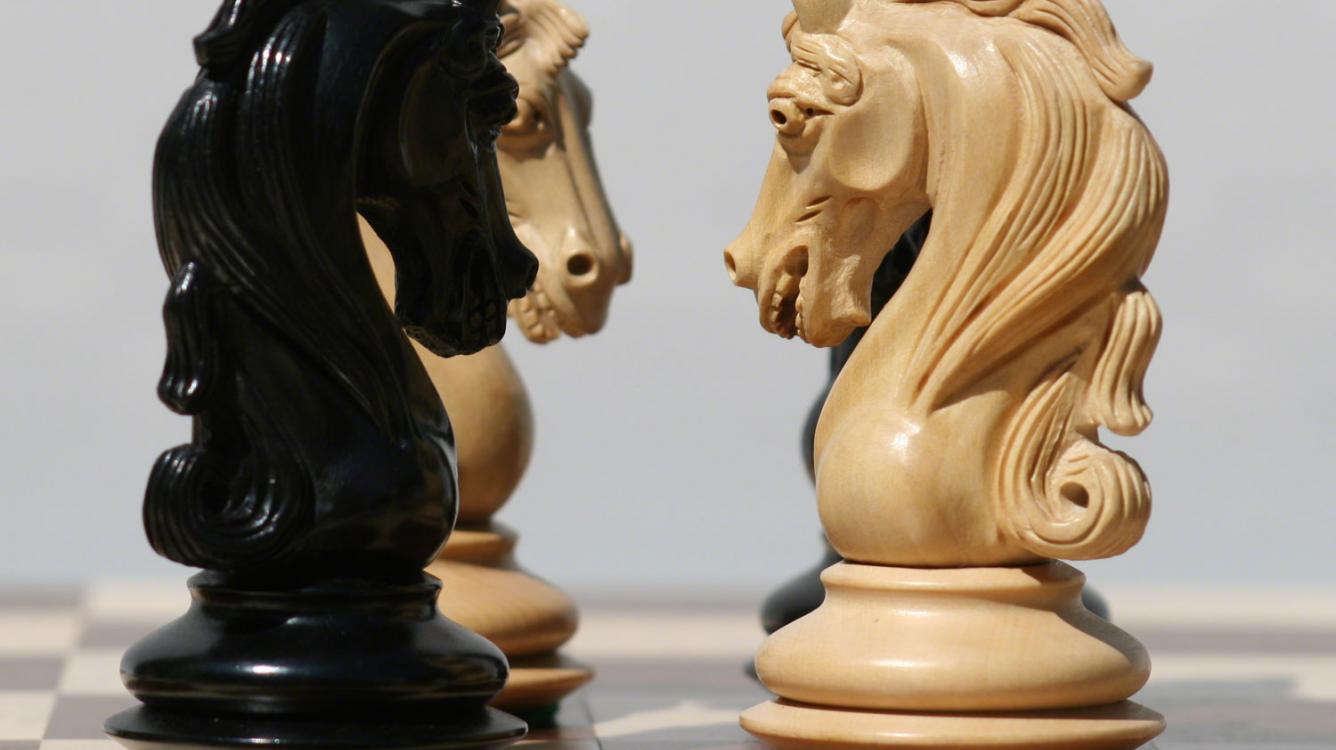
Chess General Principles
In the Opening:
1. Develop your pieces.
2. Control the center.
3. Move every minor piece.
4. Don't move a piece to a position where it will trouble other pieces' development.
5. Don't move a developed piece unless necessary.
6. Don't move pawns aimlessly and needlessly, but only to influence pieces' play for both sides.
7. Castle timely.
8. Connect the rooks.
9. Develop the rooks to open or semi-open files.
10. Beware of tactical threats.
In the Middlegame:
1. Analyze the position - pawn structure, pieces' development, king safety, strengths and weaknesses for both sides. Form a plan and stick to it. Look for and expect the opponent's good plans, and seek to restrict the opponent's play and counterplay.
2. Throughout the middlegame be aware of significant changes in the position that affect both sides' strategy, and adjust both your plan and the notion of the opponent's plan accordingly. Vice versa: think whether making a strategical change in the position for either side is possible, favorable or necessary (in order that side to have a better game).
3. Improve your position and weaken the opponent's position.
4. Improve the positions of your pieces and hinder the opponent's pieces.
5. Seek favorable and avoid unfavorable exchanges.
6. Strengthen your king and weaken the opponent's king.
7. Prepare and execute an attack if appropriate. Don't attack unreasonably and without preparation.
8. Simplify into an endgame if materially and positionally favorable.
9. Watch for all threats and forcing moves in a position - checks, checkmate threats, captures, attacks. Analyze them along with other candidate moves.
10. Calculate a variation until it stops being sharp or until either side gets a tangible advantage.
In the Endgame:
1. Use the king actively.
2. Aim for having the initiative.
3. If ahead and playing for a win, keep pawns on both flanks.
4. If behind and playing for a draw, exchange pawns on one flank, or try to simplify into an opposite coloured bishop endgame.
5. If ahead in pawns, exchange pieces but not pawns, and aim for a pawn only endgame.
6. If behind in pawns, exchange pawns but not pieces, and avoid a pawn only endgame.
7. Create and advance passed pawns and prevent the opponent from doing so - this is the main method for both attack and defense in endgames.
8. Avoid pawn weaknesses and create such in the opponent's camp.
9. Place rooks behind passed pawns - yours or your opponent's.
10. Block passed pawns if you can't destroy them. In rook and pawn endgames try to do that with your king.
11. If your passed pawn is blocked by the opponent's king, use your king to attack his pawns on the other flank.
12. If your passed pawn is blocked by an opponent's piece, help it with your king.
13. Cut off the opponent's king:
- at the edge of the board;
- from passed pawns.
14. A bishop is stronger than a knight in open positions with pawns on both flanks.
15. A knight is stronger than a bishop in closed positions with pawns on only one flank.
16. Two bishops are stronger than a knight and bishop or two knights.